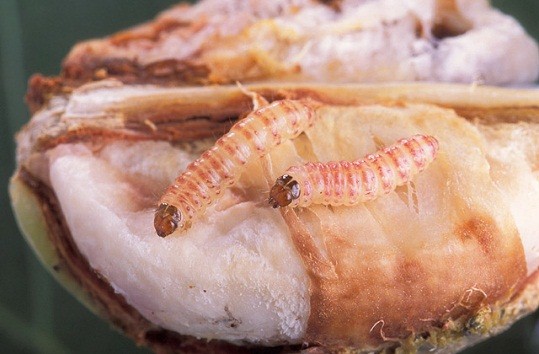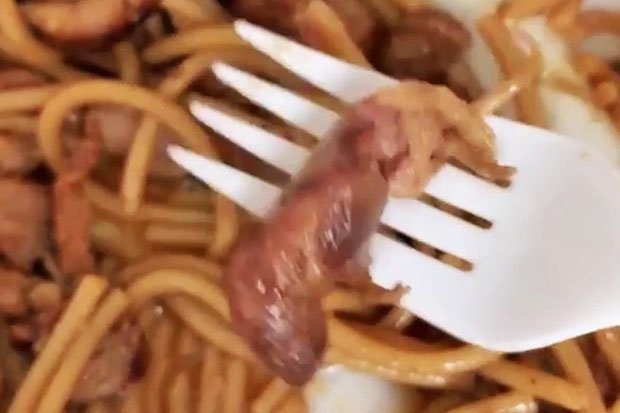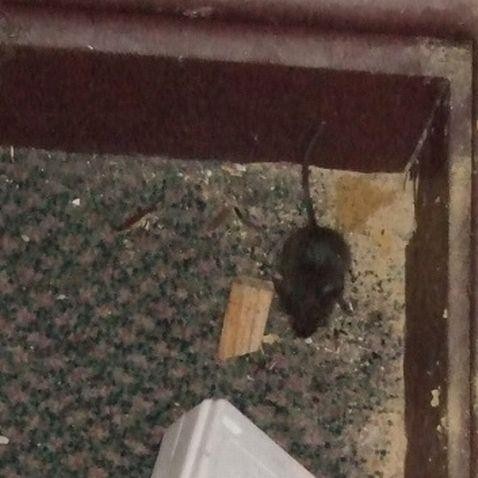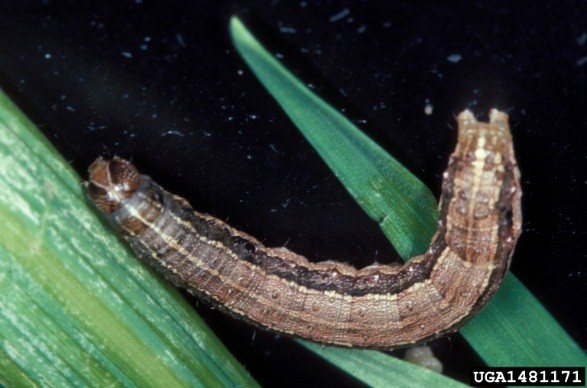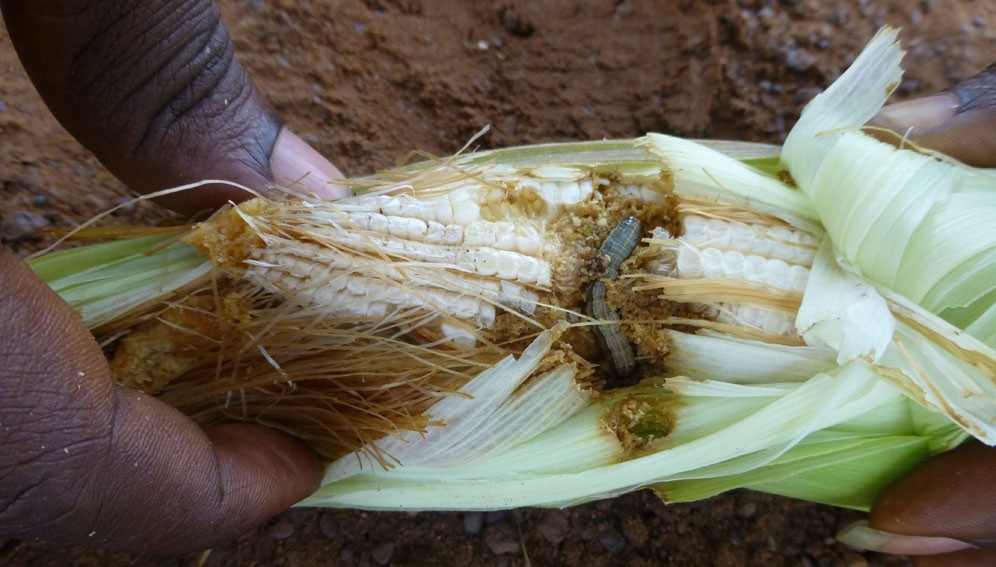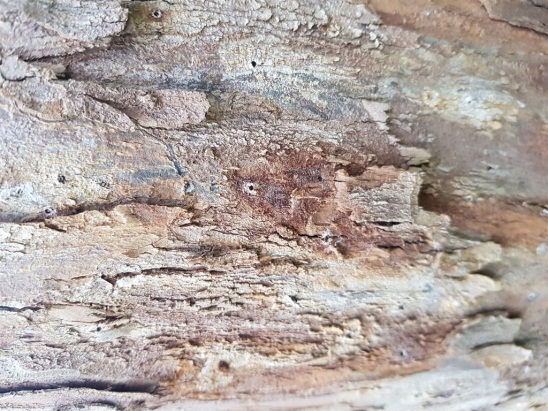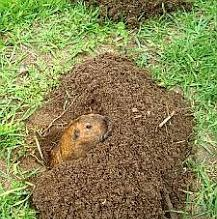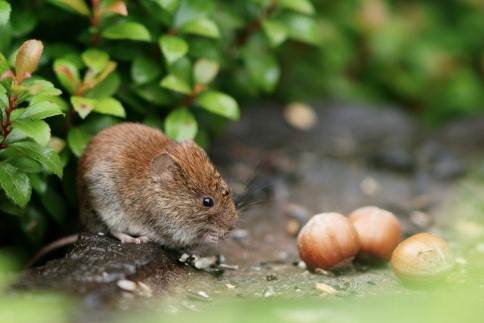
Voles, the tiny rodents, are the relative species of mice and rats depicting similar characteristics. The vole has a stouter body with a short hairy tail. There are approximately 155 species of voles classified under Rodentia order. Voles outwardly resemble several other small animals such as gophers, moles, etc.
Voles may be small, but they are a force to be reckoned with. If these underground, fast-breeding varmints have ever invaded your lawn or garden, you may know what we’re talking about. Voles may not be life-threatening and maybe no one has ever died from having them in their yard, but we’re betting the problem is front and center for those of you have had their lawns destroyed by these covert invaders.

It’s an undisputable fact that voles have exceptional burrowing and tunneling abilities. A good indicator that you have voles in your yard is the visible, above ground runways that connect their burrow openings. These well-defined, surface runways, about two inches wide, are typically constructed in grassy areas.
Vole runways are formed by a combination of voles eating the grass blades and the steady traffic from their shallow underground burrow to seek food along the runways. Runways are often hidden by ground cover, so you may have to pull back overhanging cover to find them.
The opening to a vole burrow can be identified by neat, round holes that measure an inch or two in diameter. Vole holes can be found in open turf or hidden underground cover, plantings or mulch. Voles mostly thrive on small plants, yet like shrews, they will eat dead animals, and like mice or rats, they can live on almost any nut or fruit. Additionally, voles target plants more than most other small animals, making their presence evident. Voles readily girdle small trees and ground cover much like a porcupine. This girdling can easily kill young plants and is not healthy for trees or other shrubs.
Let’s have a look on following evidences revealing damage caused to lawns by voles:
Beware a coming invasion of voles
Prolific breeding voles can wreak havoc on a lawn or garden
By JOAN MORRIS
I could not figure out what was causing furrows in my lawn until one morning at first light, I saw a mouse running in the trail and grabbing a quick bite of grass before retreating back under the plants for cover.
Mice are not, as a rule, big grass eaters; however, you don’t have mice, you have voles. The paths you see in your grass are called runways, and they connect the holes in the vole network. The opening to the tunnels are usually concealed beneath vegetation.
Voles ripping up yards across Winnipeg
One exterminator said voles are hitting some parts of the city hard this spring.
By Michelle Bailey For Metro
“The newer areas of the city have definitely been hit hard,” said Taz Stuart, Director of Technical Operations with Poulin’s Exterminators. “But really, they are causing problems all over because the heavier the snow, the better they can survive the winter.”
Stuart explained “predators can’t hear them scurrying under all of that snow,” and Winnipeg became a vole haven following heavy snowfall in late December.
Typically, voles welcome spring by creating visible tunnels, or “runways” at or near the surface that are about two inches wide by eating grass blades and zipping back and forth on consistent paths.
Hence from the evidences we can conclude that though the voles are small they cause huge damage to grass, weeds, roots of plants, etc. in lawns.
Voles grow to 3–9 in (7.6–22.9 cm), depending on the species. They can have 5 to 10 litters per year. Gestation lasts for three weeks and the young voles reach sexual maturity in a month. As a result of this biological exponential growth, vole populations can grow very large within a very short time.
So, they can’t be neglected, and we need to use some protective measures against them. There are many control measures to be used to control voles like exclusion, habitat modification, trapping, etc. but they are ineffective.
We, at C Tech Corporation can provide you with an effective solution. Our product CombirepelTM is developed by using green technology. It is extremely low toxic, low hazard, low concern, and non-mutagenic animal aversive. It is durable at extreme climatic conditions.
Our product is ROHS, ROHS2, ROHS3, EU BPR, NEA compliant and FIFRA exempted. Our product does not cause harm to targeted as well as non-targeted species. It just repels them from the applied product. It works on the mechanism of fear, discomfort, aversion, training and conditioning.
CombirepelTM is available in three forms namely masterbatch, liquid concentrate, and lacquer. Masterbatch can be incorporated into applications like fencing, wires, cables, water pipes, etc. The liquid concentrate can be mixed in paints to repel voles from the area required. Lacquer form can be directly applied to the application such as wooden fences, guards, etc. Hence by using CombirepelTM the lawns can be prevented from vole damage effectively and considerably.
The CombirepelTM pest repellent spray can be used by anyone and is an easy to use product. It can be sprayed in the gardens, garages, warehouses, storerooms, etc. to keep the rodents away from lawns.
Contact us at technical.marketing@ctechcorporation.com if you’re facing problems with rodents and get best remedies to combat this menace.
Also, visit our websites:
http://www.ctechcorporation.com/
http://www.rodrepel.com/
http://www.termirepel.com/
http://www.combirepel.com/
Follow our Facebook pages at:
1] https://www.facebook.com/Combirepel-411710912249274/
2] https://www.facebook.com/Termirepel-104225413091251/
3] https://www.facebook.com/Rodrepel-120734974768048/
Follow us on our Twitter pages at:
1] https://twitter.com/rodrepel
2] https://twitter.com/termirepel
3] https://twitter.com/combirepel

